INSIDE THE CULINARY HUB OF THE BEEF CHECKOFF
Culinary arts are at the core of the Beef Checkoff because, at the end of the day, the ultimate measure of consumer support and satisfaction lies in beef’s great eating experience. The Beef Checkoff is a leading voice and resource for beef culinary knowledge, experiences and innovation worldwide. This vision comes to life within the Checkoff-funded Beef. It’s What’s For Dinner. Culinary Center.
Located inside the National Cattlemen’s Beef Association’s (NCBA) headquarters in Centennial, Colorado, the Culinary Center is so much more than a kitchen – it’s a hub for fostering innovation and culinary exploration. Many Beef Checkoff-funded programs and initiatives are housed in this space, including new recipe development and cooking techniques, exploration of new cuts and technologies, influencer and chef partnerships, media tours and foodservice innovation sessions. Whether directly or indirectly, all Beef Checkoff-funded programs, from promotion to research to consumer information, leverage the data and insights generated at the Culinary Center.
HISTORY
The official Beef Checkoff Culinary Program launched when the National Livestock and Meat Board and the National Cattlemen’s Association merged in 1996. The Culinary Center initially operated at the NCA office in Chicago before being relocated to Centennial, Colorado, in 2001.
From the beginning, the program has led to the development of hundreds of culinary publications, along with countless cooking demonstrations, product tests and many educational seminars. Now, the program’s culinarians and chefs are conducting webinars. Historically, more than 2,500 beef recipes have been developed, changing over time to fit consumer cooking trends and preferences.
RECIPE HUB
Currently, there are more than 1,000 active recipes on the Beef Checkoff-funded Beef. It’s What’s For Dinner. website, most of them developed by the Checkoff’s culinary team and the rest by influencer chefs and industry professionals. The Beef. It’s What’s For Dinner. website receives 8.8 million visitors annually.
On average, the culinary team develops 25 recipes each year. These recipes are typically in line with seasonal campaigns, like the upcoming Beef. It’s What’s For Dinner. Summer Grilling campaign, where inspirational recipes will be categorized as Grilling Favorites, The Tastiest Burgers, BBQ for You or Flavorful Smoked Beef Recipes.
The Beef. It’s What’s For Dinner. website is the central location for all recipes. In addition to recipes, cooking guides, and other consumer information, there are cutting guides, cut charts, menu inspirations and additional culinary information for industry professionals.
Promotion and advertising efforts — from social media to traditional print consumer publications to commercials on streaming services like Hulu and Paramount+ — drive people back to the Beef. It’s What’s For Dinner. website. There, consumers are inspired to try new recipes and purchase beef.
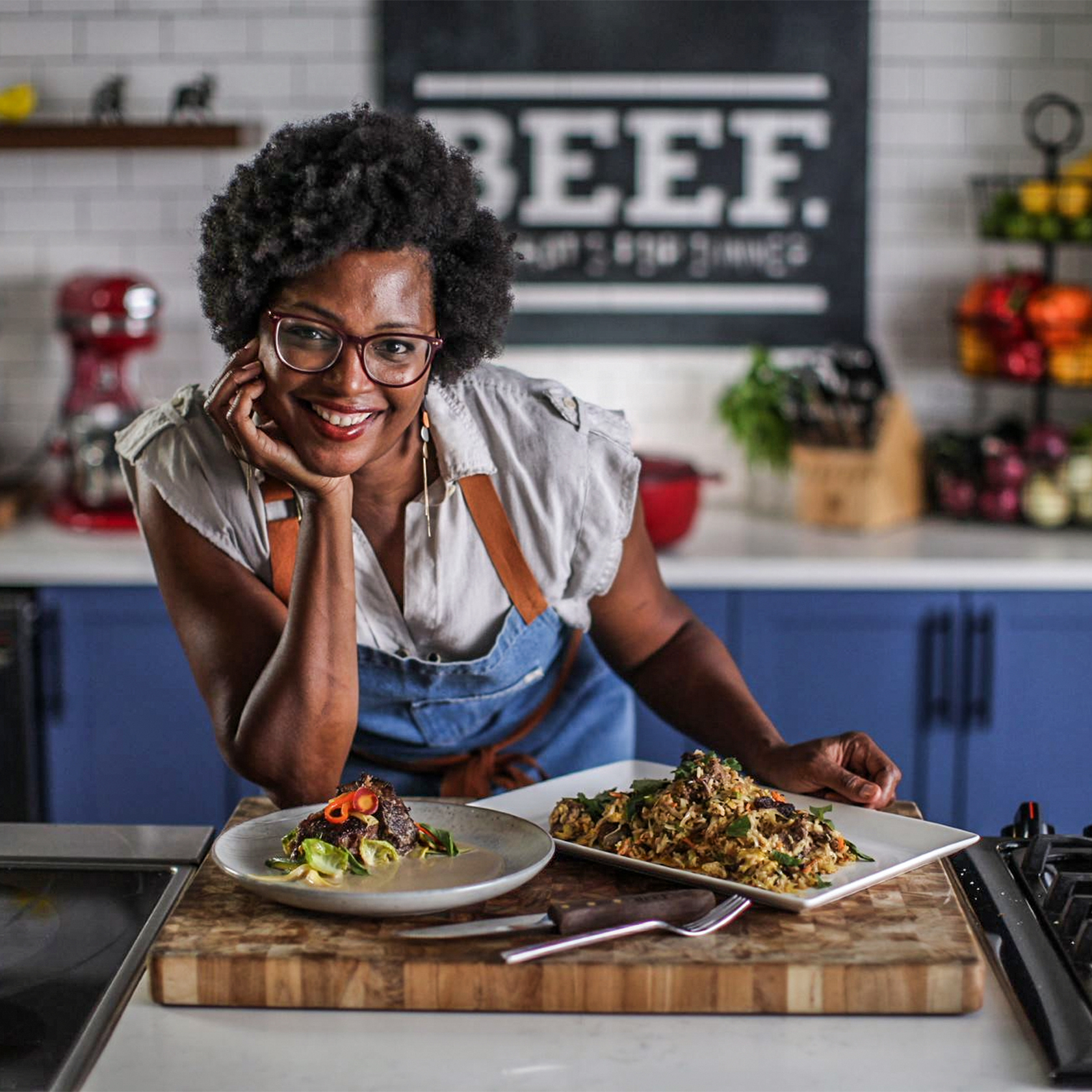 CULINARY TEAM EXPERTISE
CULINARY TEAM EXPERTISE
Today, the Culinary Center has grown and evolved from its relatively humble beginnings, featuring consumer and foodservice food production and testing. Two in-house executive chefs share duties, with one focusing on consumers and the other concentrating on business-to-business efforts.
The Executive Chef of Innovation and Culinary Services leads the culinary catering and recipe development functions as well as product culinary exploration.
The Executive Chef of Outreach and Education provides culinary expertise, content development and education to culinary professionals throughout the beef industry, including restaurant operators, food service distributors, retailers and manufacturers. This chef also works with culinary educators and state and national culinary associations.
In addition to recipe development, the culinary team extensively researches beef cuts, looking for new ways to apply cooking techniques like the use of pressure cookers, and how to better the craft of beef preparation. The practice of “beef cookery” also takes place, testing and developing optimum cooking times for various cuts of beef. Not all people want a recipe; they may want guidance on how to cook a particular cut, such as a steak on the grill, or safe food handling techniques. Contributors like Ph.D. meat scientists also come in to advise on new cuts and cooking exploration, and nutritionists counsel on nutrition values.
The executive chefs and culinary team also collaborate with notable chefs and leading culinary experts from around the globe to provide consumers with highly engaging content and reliable beef information.
PROGRAM COLLABORATIONS
Beef. It’s What’s For Dinner. partners with celebrity chefs, culinary instructors and other subject matter experts to create educational and inspirational content for consumer audiences. These partnerships result in multiple video series filmed in the Culinary Center and released on YouTube, social media platforms and streaming services. The videos highlight the pleasurable eating experience and versatility of beef. Recent video series have showcased familiar and famous chefs to attract viewers through:
- Beef Substitutes: Turning a traditionally non-beef recipe into a beef recipe.
- Making the Most of Your Meals: Making two recipes, with the second being made from leftovers of the first.
- Tips & Tricks: Chef’s personal tips for making the best beef meals. This series garnered 6.7 million video views.
C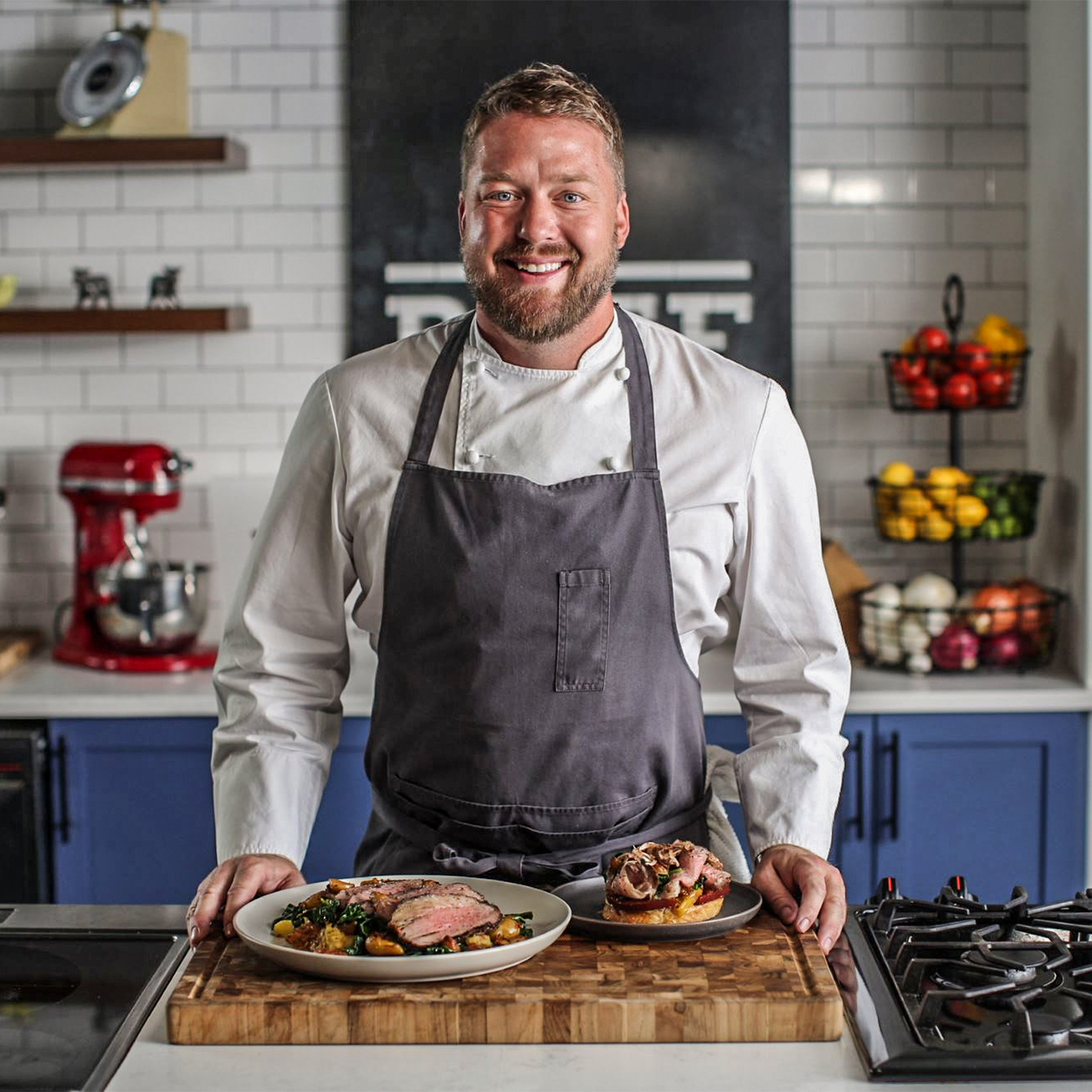 ULINARY CENTER EVENTS
ULINARY CENTER EVENTS
Foodservice innovation sessions are also happening in the Culinary Center. Leading companies from quick service restaurants to fast casual to manufacturer partners have worked with the Culinary Center to get help with menu development, explore current trends and market insights, experiment with new cuts and cooking methods or expand existing beef items into new menu concepts. The Beef Checkoff collaborates with a restaurant’s executive team to explore ways to improve existing beef menu items or create new items to increase customer satisfaction and beef sales.
Additionally, educational webinars for industry partners and State Beef Councils, inspiration demonstrations, ideation sessions, cutting and cooking demonstrations, influencer video sessions, recipe photography, educational videos and tours all happen at the Culinary Center.
SATELLITE MEDIA TOURS
Another compelling use of the Culinary Center are satellite media tours, or SMTs. During these sessions, TV and radio stations nationwide dial into the Culinary Center to join the Beef. It’s What’s For Dinner. team and chat with beef subject matter experts, chefs and nutritionists about a predetermined, newsworthy topic that often also includes beef recipes. Three to four media tours occur annually, with topics ranging from heart health, tailgating, back to school, sustainability, summer grilling and the holidays, among others.
During a typical media tour, TV and radio broadcasters conduct approximately 20-25 interviews within a number of hours. These interviews are redistributed and posted multiple times, resulting in more than 1,000 placements on TV, radio and online.
These cumulative efforts drive beef sales and boost consumers’ positive perception of beef. In addition to national efforts, the Beef. It’s What’s For Dinner. team also leverages culinary programs on the state level.
STATE SUPPORT
State Beef Councils utilize the Beef. It’s What’s For Dinner. team to develop recipes, conduct educational webinars for influencers or industry partners, assist with various on-site events and consult on recipes and other culinary needs. New this year, the culinary team will be supporting State Beef Councils with recipes specifically developed for their market needs. The goal is to create eight new recipes directly supporting the states this year.
From its inception to its present-day initiatives, the Culinary Center is a hub for innovation and collaboration, shaping the landscape for the Beef Checkoff’s promotional efforts and driving beef sales.
Explore all the beef recipes and resources at BeefItsWhatsForDinner.com.

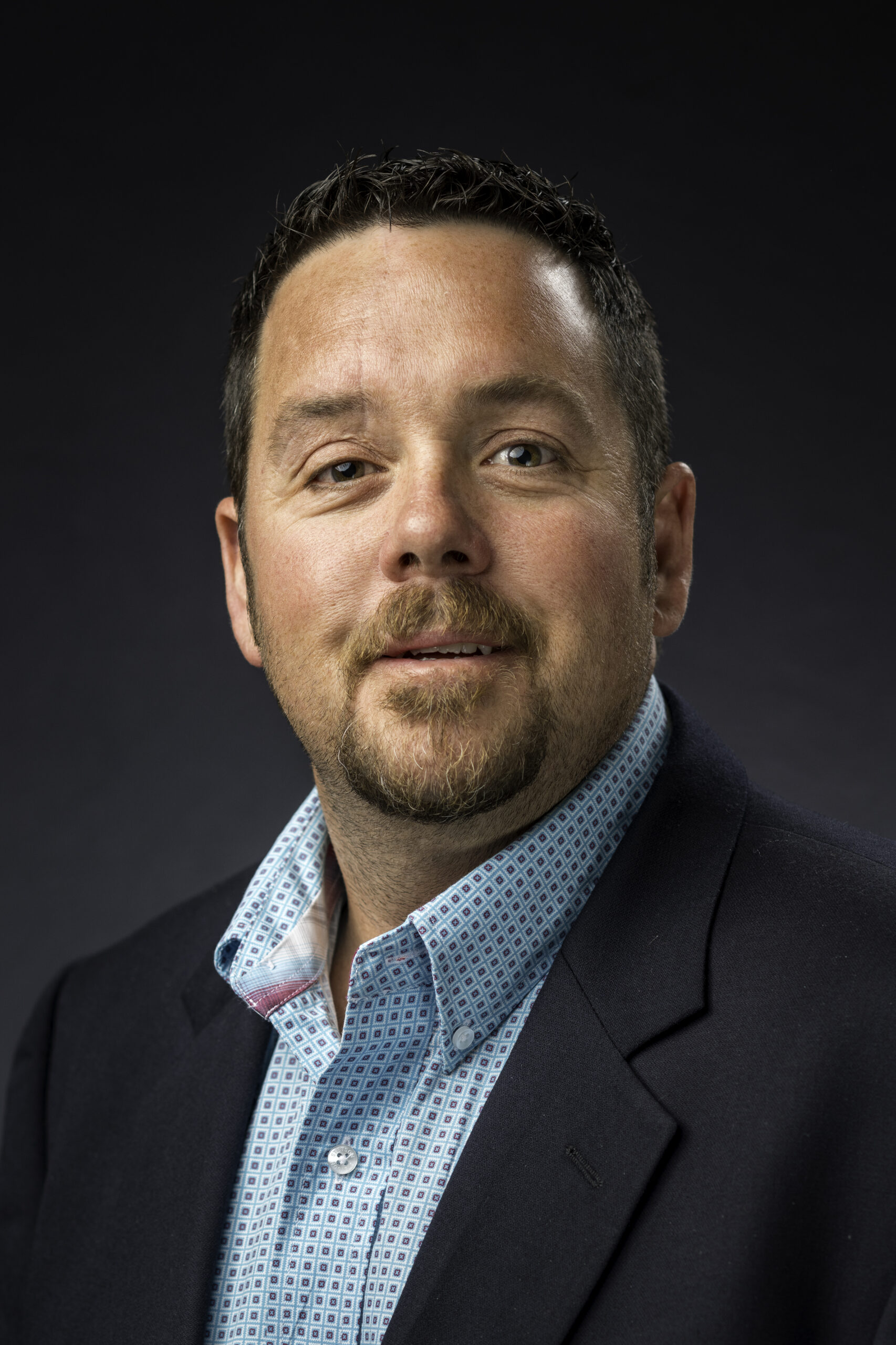 Cattle producers Andy Bishop of Kentucky, Ryan Moorhouse of Texas and Dr. Cheryl DeVuyst of Oklahoma are the new leaders of the Cattlemen’s Beef Promotion & Research Board (CBB). This officer team is responsible for guiding the national Beef Checkoff throughout 2024.
Cattle producers Andy Bishop of Kentucky, Ryan Moorhouse of Texas and Dr. Cheryl DeVuyst of Oklahoma are the new leaders of the Cattlemen’s Beef Promotion & Research Board (CBB). This officer team is responsible for guiding the national Beef Checkoff throughout 2024.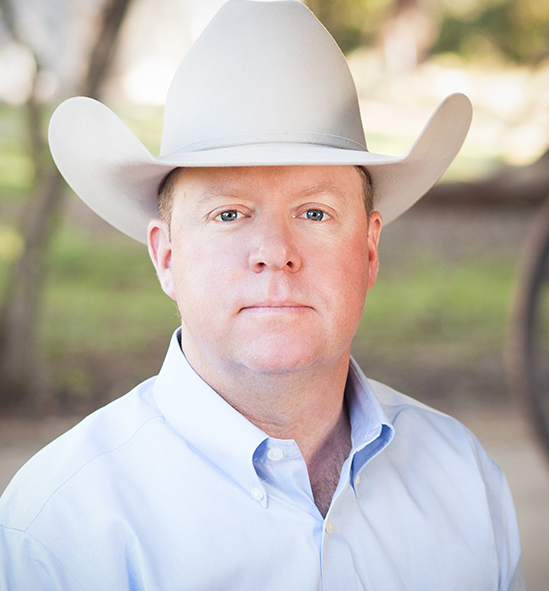 “The beef industry is in a unique situation as 2024 gets underway,” Bishop said. “Producers have been dealing with adverse weather and production cost conditions over the past few years, leading to herd liquidation. While things do seem to be improving, the Beef Checkoff must continue to be vigilant, developing the right programs and messaging to keep beef demand high. I’m excited to lead the CBB as we navigate the opportunities and challenges this year sends our way.”
“The beef industry is in a unique situation as 2024 gets underway,” Bishop said. “Producers have been dealing with adverse weather and production cost conditions over the past few years, leading to herd liquidation. While things do seem to be improving, the Beef Checkoff must continue to be vigilant, developing the right programs and messaging to keep beef demand high. I’m excited to lead the CBB as we navigate the opportunities and challenges this year sends our way.”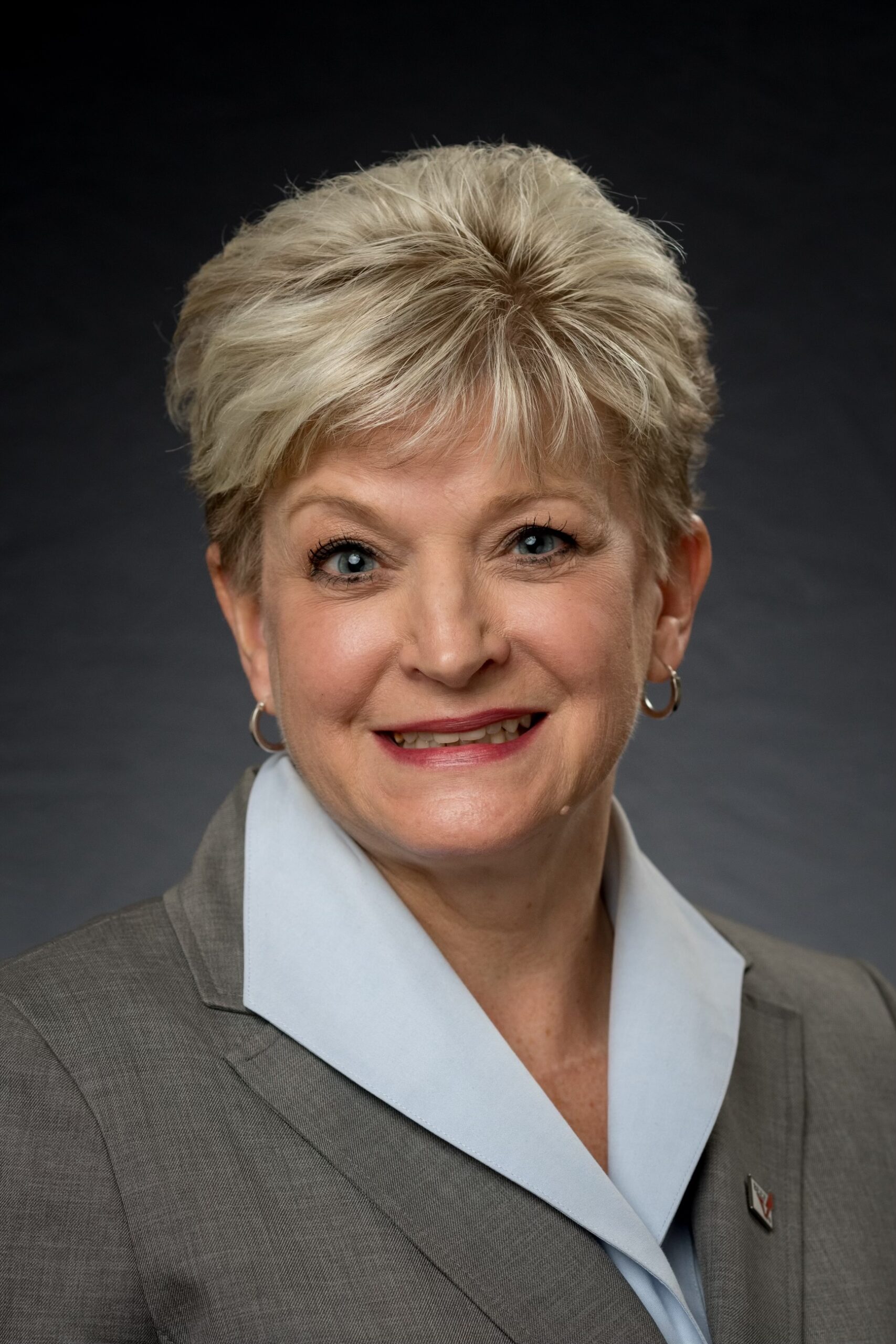 Dr. Cheryl DeVuyst and her husband, Eric, own DeVuyst Ranch, a cow-calf and stocker operation. DeVuyst is also a professor of agricultural economics at Oklahoma State University and head of its Ag Econ department. DeVuyst is involved with numerous agricultural organizations, including Oklahoma CattleWomen, Oklahoma Cattlemen’s Association, National Cattlemen’s Beef Association (NCBA), Oklahoma Farm Bureau, Pawnee County CattleWomen, Agricultural and Applied Economics Association and American National CattleWomen. She’s also a faculty advisor for the Oklahoma Collegiate CattleWomen and is a past board member of the Western Agricultural Economics Association.
Dr. Cheryl DeVuyst and her husband, Eric, own DeVuyst Ranch, a cow-calf and stocker operation. DeVuyst is also a professor of agricultural economics at Oklahoma State University and head of its Ag Econ department. DeVuyst is involved with numerous agricultural organizations, including Oklahoma CattleWomen, Oklahoma Cattlemen’s Association, National Cattlemen’s Beef Association (NCBA), Oklahoma Farm Bureau, Pawnee County CattleWomen, Agricultural and Applied Economics Association and American National CattleWomen. She’s also a faculty advisor for the Oklahoma Collegiate CattleWomen and is a past board member of the Western Agricultural Economics Association.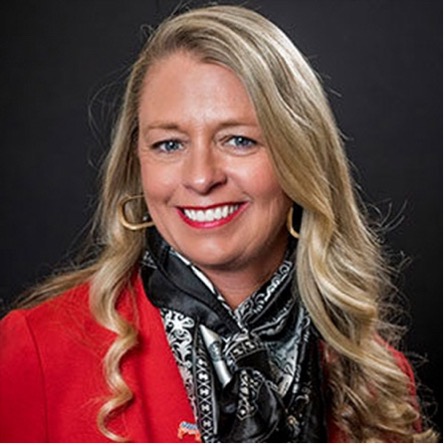 This event is unique because it engages audiences across multiple industries and focuses, with producers at the forefront of this event actively participating in conversations. One such producer was Cattlemen’s Beef Board member Kristy Arnold from Screven, Georgia. As a third-generation owner and operator of her cow/calf operation, Arnold knows firsthand the need for responsible antibiotic use on the ranch.
This event is unique because it engages audiences across multiple industries and focuses, with producers at the forefront of this event actively participating in conversations. One such producer was Cattlemen’s Beef Board member Kristy Arnold from Screven, Georgia. As a third-generation owner and operator of her cow/calf operation, Arnold knows firsthand the need for responsible antibiotic use on the ranch.